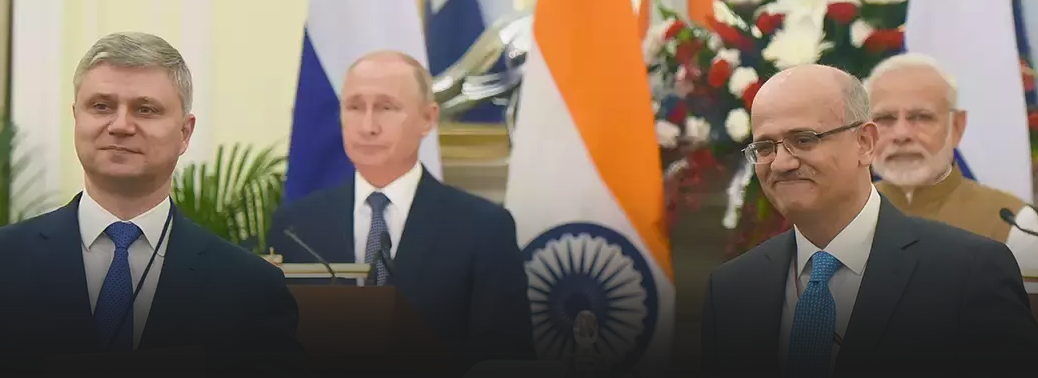India For Afghanistan Led peace Talks
14, Jan 2019

Prelims level :
Mains level : GS-2 “India and the Neighbourhood relations”.
What’s in the news?
- Swaraj’s statement goes against Army chief’s suggestion for talks with Taliban
- India supports the efforts of the government and the people of Afghanistan to build an inclusive nation, External Affairs Minister Sushma Swaraj said at a meeting with the Foreign Ministers of Central Asian countries and Afghanistan on Sunday.
- “India supports the people and the Government of Afghanistan in their efforts to build a united, sovereign, democratic, peaceful, stable, prosperous and inclusive nation. India supports all efforts for peace and reconciliation in Afghanistan which are inclusive and Afghan-led, Afghan-owned and Afghan-controlled,” Ms. Swaraj said at the India-Central Asia Dialogue at Samarkand, Uzbekistan.
Support for process:
- The statement indicated India’s support for a peace process that will help end the war that has haunted the country for decades.
- “The violence and terror imposed on Afghan people should end. It should strengthen unity, sovereignty and territorial integrity of the country,” Ms. Swaraj said in her speech at the Samarkhand event.
- The ministerial statement indicates India’s unchanged position regarding peace building in Afghanistan.
- Last week, the Chief of the Army Staff, General Bipin Rawat, had urged India to begin talks with the Taliban in Afghanistan, which did not receive support from the government with the External Affairs Ministry saying that India wanted the peace process in Afghanistan to be “Afghan-led, Afghan-owned, and Afghan-controlled”.
Land link
- A joint statement issued after the Samarkand meeting highlighted the opportunities that the collaborative platform would provide for the people of Afghanistan and asked for Kabul’s participation.
- The regional Ministers described Afghanistan as a “land link” in the region that will help in connectivity among the nations.
- About Afghanistan war: A historical Perspective
- During the time that the Taliban controlled Afghanistan, they allowed an organisation called al-Qaeda to have training camps there.
- In September 2001, nearly 3,000 people were killed in the 9/11 terrorist attacks. The United States believed that Osama Bin Laden – who was the head of al-Qaeda – was the man behind these attacks.
- There was a lot of international pressure on the Afghan leaders to hand over Osama Bin Laden. When the Taliban didn’t do this, the United States decided they would use their armed forces.
- In October 2001, the USA began bombing Afghanistan. They targeted bin Laden’s al-Qaeda fighters and also the Taliban.
- In November 2001, the Northern Alliance took control of the Afghan capital Kabul. They were being helped by the US and other countries that agreed with it, including the UK.
- The Taliban were quickly driven out of the capital city, Kabul, but even today Afghanistan remains a dangerous place.
- It was in 2011, ten years after the war in Afghanistan began that Osama bin Laden was eventually found by American soldiers in Pakistan, where he was shot and killed.
- British troops and forces from other countries are still in Afghanistan, trying to help the government build a stable nation.
- The UK government plans to take all troops out of Afghanistan by the end of 2014.
What’s driving the war?
- There are five major factors responsible for the intensification of the Afghanistan conflict.
- Both sides are trying to break the stalemate in their favour. Each side wants to increase its influence and seize more territory.
- There are questions about the effectiveness of the US strategy and the lack of policy clarity since 2001. Tens of thousands of Taliban fighters have been killed, injured or captured since 2001, but their insurgency is not showing any signs of weakness. A decade ago, the US and Afghan governments estimated that there were around 15,000 insurgents in Afghanistan. Today, the estimated number of militants exceeds 60,000.
- The emergence of the Islamic State’s Khorasan branch in Afghanistan and Pakistan has taken the level of violence and brutality to new heights. The new group has claimed some of the deadliest attacks, mostly on civilian targets in urban centres.
- As the idea of peace talks has gained momentum, the Taliban want to maximise their leverage and speak from a position of strength at the negotiating table.
- The increasing tension between the US and regional players – especially Pakistan, Russia and Iran – is also having a negative impact. American and Afghan officials have accused these three countries of supporting the Taliban, which they deny.






